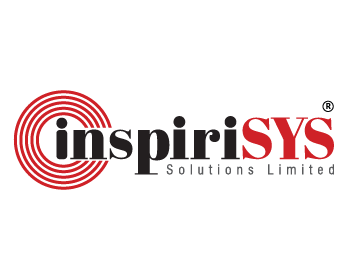What is an Active Directory?
Active Directory (AD) is a Microsoft-developed software tool designed to simplify the management of network changes and security policies within a Windows domain network. By providing a centralized platform, AD enables administrators to efficiently deploy updates and enforce security across all connected machines and specific endpoints, ensuring a secure and well-organized network environment.
Key Takeaways
- Active Directory is a software tool that has been developed by Microsoft that aims to simplify network management, manage access and improve overall administrative productivity.
- With Active Directory, network administrators can establish a strong governance framework, and centralized control over domains, users and objects to ensure a secure network environment.
- The hierarchical structure of Active Directory consists of forests, trees and domains, providing a logical and structured arrangement of objects.
How does Active Directory work?
The primary service within the Active Directory framework is Active Directory Domain Services (AD DS), which is an integral part of the Windows Server operating system. It stores the entire Active Directory database, including trees, objects and their configurations. When modifications such as password updates, deletions or additions are made to the directory on one Domain Controller (DC), the changes ensure data consistency across the entire network.
Active Directory administrators can use a Graphical User Interface (GUI)-based management platform, which provides an interactive environment. This allows them to manage and configure settings by clicking, dragging, and dropping objects, simplifying the process compared to command-line inputs.
Key Components of Active Directory Infrastructure
Microsoft’s Active Directory is a unified identity management platform that delivers streamlined authentication and access control for Windows-powered systems. It comprises multiple interconnected elements that efficiently manage devices, users and other resources within the organization.
Domains
Active Directory domains represent the fundamental organizational structures within a network, often corresponding to a distinct person, company or organizational presence.
Tree
A tree represents a collection of domains sharing a common root namespace, although it doesn’t restrict security or replication.
Forests
The forest represents the topmost level of the hierarchical structure, serving as a security boundary that enables the segregation of delegated authority within a single environment, allowing administrators to have full control over specific resources while maintaining a secure environment.
Group Policy
Group Policy is a feature within Active Directory that allows administrators to enforce standardized settings for users and computers across the forest. It ensures consistent security configurations and adherence to organizational requirements by applying rules and policies uniformly across the network.
Organizational Units (OUs)
Organizational Units (OUs) function as management containers within domains, holding objects such as computers, users, and groups. They enable administrators to assign responsibilities, maintain organizational order, and apply group policies.
Active Directory Services
In the digital landscape, managing user identities and ensuring secure access to resource is essential. Organizations that neglect these critical aspects of digital security expose themselves to cyber threats, data breaches and other risks. Here is the list of list of active directory services:
1. Domain Services (DS)
Active Directory Domain Services (AD DS) is the backbone of Active Directory, providing a robust framework for user authentication and access to network resources. This fundamental component offers features such as single sign-on (SSO), security certificates, Lightweight Directory Access Protocol (LDAP), and access rights management to streamline access and enhance security.
2. Lightweight Directory Services (LDS)
Active Directory Lightweight Directory Services (AD LDS) provides a streamlined set of features compared to AD DS. It can be deployed as a standalone solution, offering greater flexibility and versatility in various deployment scenarios.
3. Certificate Services (CS)
Certificate Services allows users to generate, manage, and share encryption certificates, enabling secure management of online information. This service ensures data protection during online transactions.
4. Active Directory Federation Services (AD FS)
Active Directory Federation Services (AD FS) is a single sign-on (SSO) solution that allows employees to access multiple applications with a single set of credentials. This simplifies the authentication process, reduces the number of login credentials required, and enhances both user experience and security.
5. Rights Management Services (RMS)
It plays an important role in helping organizations safeguard their digital assets by providing a wide range of tools to manage security technologies. RMS supports various applications and content types, including emails, Word documents, and more, ensuring they remain secure and authentic.
Key Terms
One-way trust
A one-way trust occurs when a primary domain grants access privileges to users from a secondary domain, but the secondary domain does not provide access to users from the primary domain.
Second-way trust
A two-way trust exists when two domains establish a reciprocal arrangement, allowing users from each domain to access resources on the other domain.
Trusted Domain
A trusted domain is a domain that grants access to users who need to access resources in another domain.





